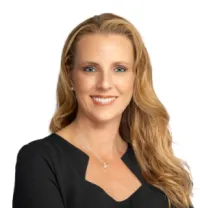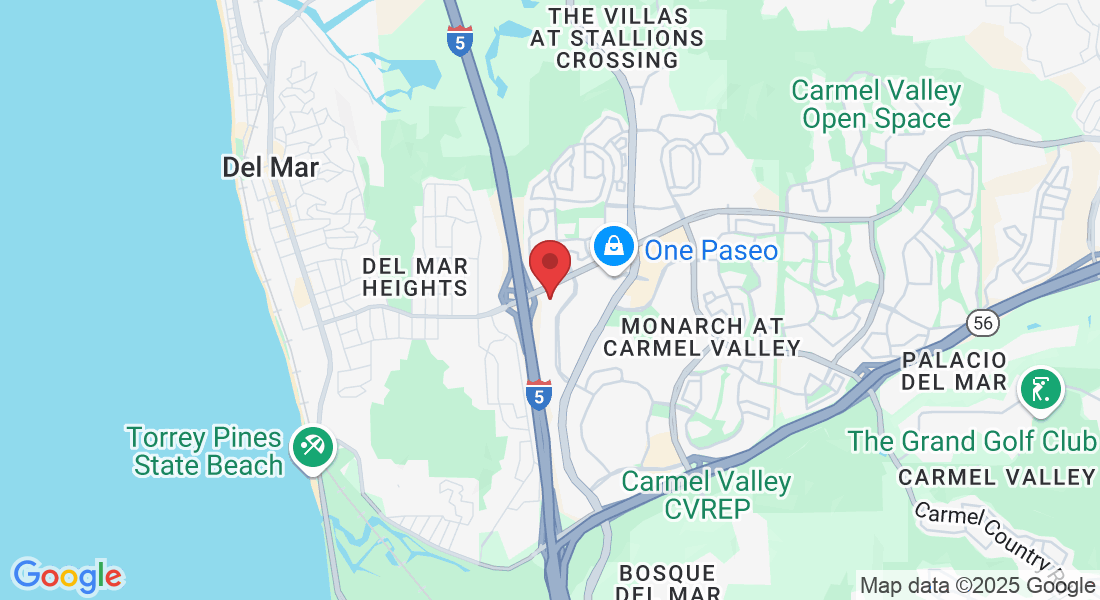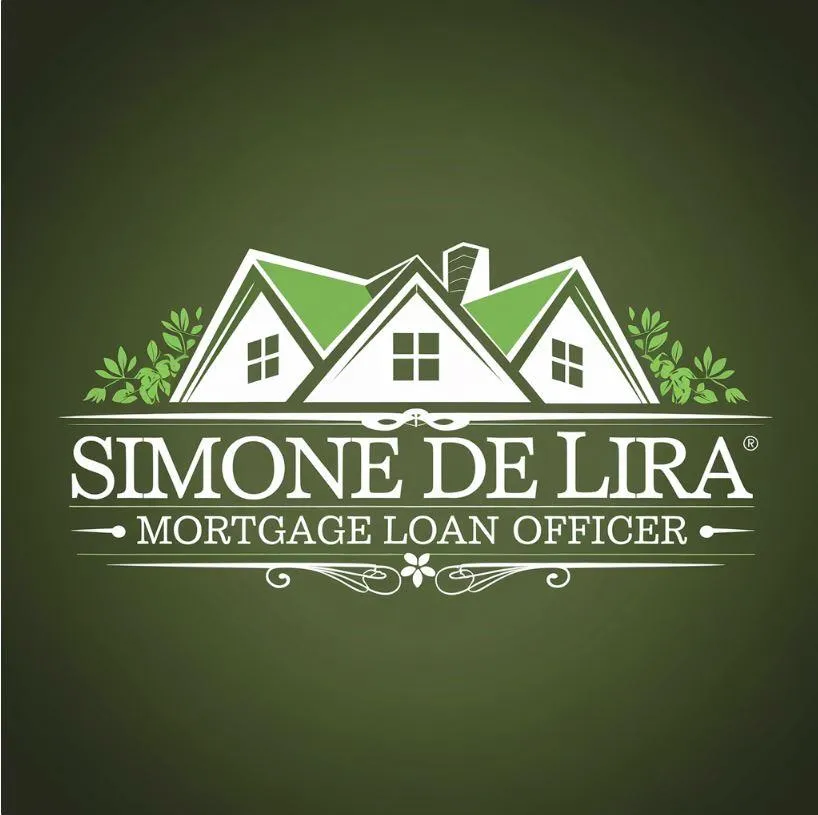
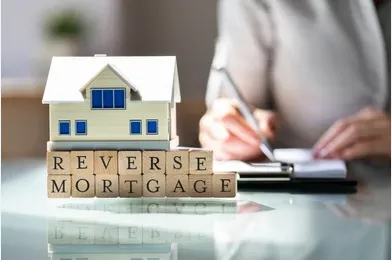
What is a Reverse Mortgage? A Simple Guide for Seniors
What is a Reverse Mortgage? A Simple Guide for Seniors
A reverse mortgage is a loan that allows homeowners, typically aged 62 or older, to access some of their home’s equity without selling the property.
Unlike a regular mortgage where you make monthly payments, in a reverse mortgage the lender pays you — either as a lump sum, monthly payments, a line of credit, or a mix of these.
The loan is repaid when you sell the home, move out permanently, or pass away.
It’s designed for seniors who own their home outright or have a small remaining mortgage balance and want extra income for retirement, medical costs, or daily expenses.
Understanding a Reverse Mortgage
A reverse mortgage turns part of your home’s value into cash you can use. It’s called “reverse” because instead of making payments to a lender, the lender sends money to you.
You still own your home and remain responsible for property taxes, insurance, and upkeep.
Failing to meet these obligations can lead to foreclosure.
The most common type is a Home Equity Conversion Mortgage (HECM), insured by the Federal Housing Administration (FHA).
These loans have safeguards like required counseling to ensure borrowers understand the terms.
A reverse mortgage isn’t free money. The loan balance grows over time because interest and fees are added each month. The equity in your home decreases unless its value rises faster than the loan grows.
How a Reverse Mortgage Works
When approved, you can choose how to receive your funds: lump sum, monthly payments, line of credit, or combination.
The amount depends on your age, home value, current interest rates, and remaining mortgage balance.
Interest accrues on the borrowed amount, and repayment happens when the home is sold or you leave permanently.
Any leftover equity after repayment goes to you or your heirs.
Eligibility Requirements
Must be at least 62 years old
Must own the home outright or have low remaining mortgage debt
Home must be your primary residence
Must stay current on property taxes, insurance, and maintenance
Mandatory counseling session with a HUD-approved agency
Pros and Cons of a Reverse Mortgage
A reverse mortgage can offer flexibility and financial relief, but it’s not the right choice for everyone.
Understanding both sides helps you decide.
Advantages for Seniors
Access to cash without selling your home
No monthly mortgage payments required
Flexible payout options
Can improve retirement cash flow
You remain the homeowner
Potential Drawbacks
Loan balance grows over time, reducing equity
Fees and interest can be higher than traditional loans
Risk of foreclosure if taxes, insurance, or maintenance are neglected
May reduce inheritance for heirs
Not suitable for short-term living situations
Costs and Repayment Rules
Reverse mortgages come with closing costs, insurance premiums, servicing fees, and interest charges.
These are often rolled into the loan balance, meaning you don’t pay them upfront but they reduce your equity.
Repayment is triggered if you sell the home, move out for over 12 months, or pass away.
Your heirs can choose to sell the home, repay the loan to keep it, or walk away if the loan balance exceeds the home’s value (FHA insurance covers the difference).
Is a Reverse Mortgage Right for You?
A reverse mortgage can be a lifeline for some seniors and a costly decision for others.
It works best if you plan to stay in your home long-term, have significant equity, and need extra funds for living expenses.
Before deciding, talk with a HUD-approved counselor, involve family in the discussion, and compare with alternatives like downsizing or a home equity line of credit.
For more information and personal guidance, talk to Simone De Lira, who can provide clear answers and help you understand your options in detail.
WHAT OUR
CLIENTS ARE SAYING
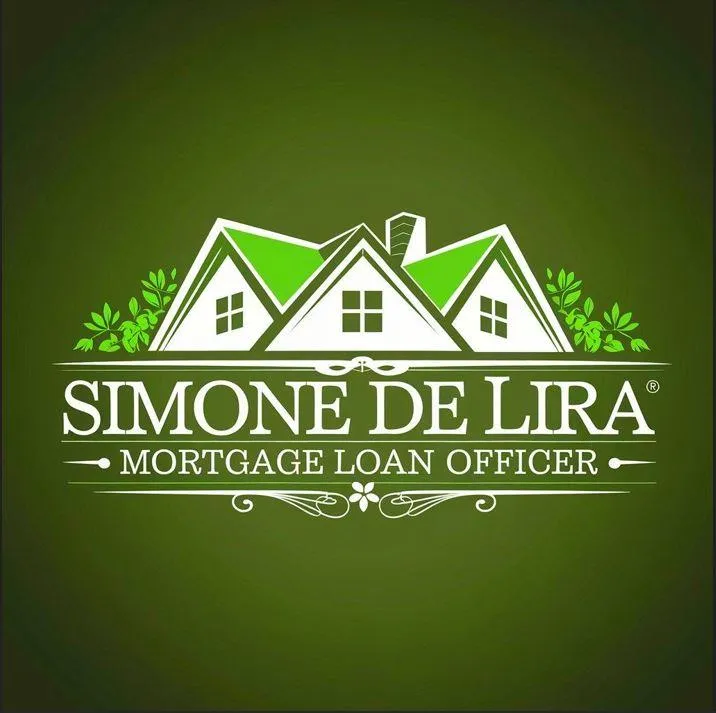
Simone De Lira
Senior Loan Officer
12750 High Bluff Drive Suite 300
San Diego, CA 92130
+1 (619) 804-7212
